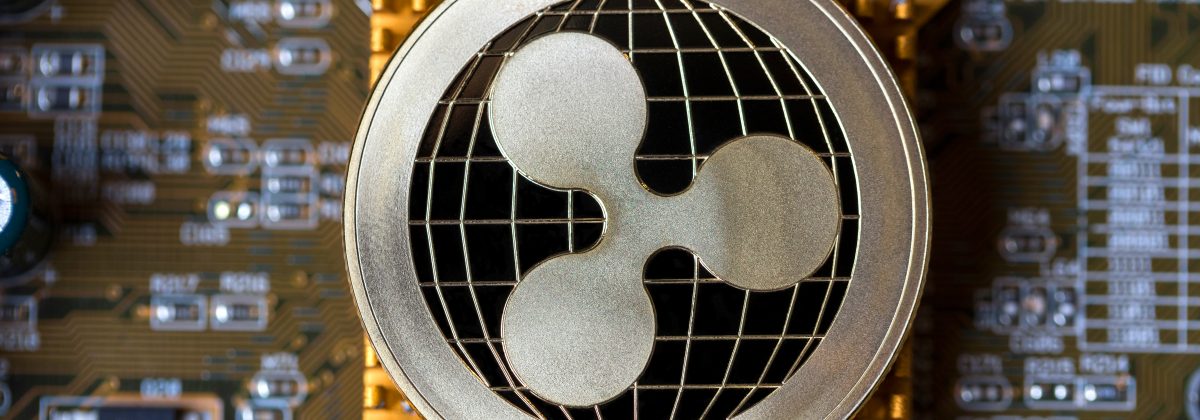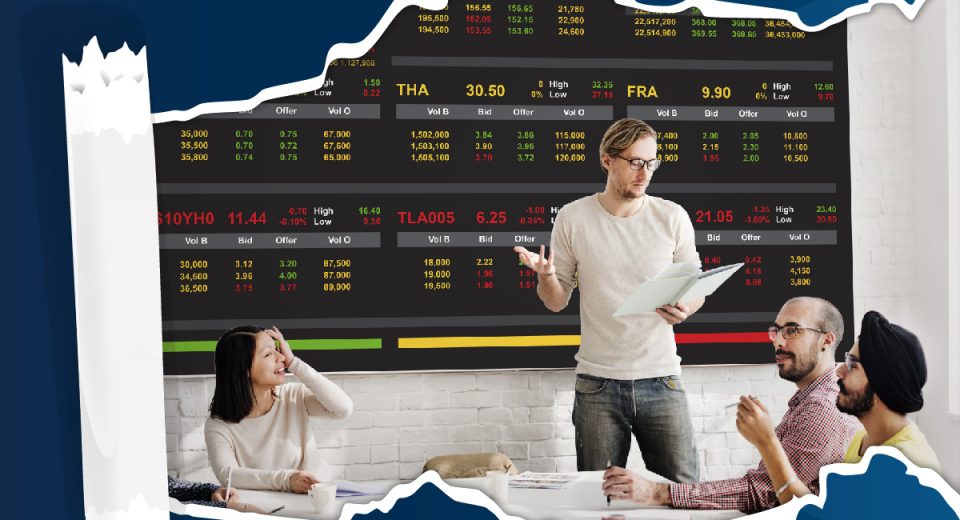Ripple as a Payment Processor

It’s fair to say that blockchain technology is revolutionising the finance sector in many ways, with Ripple – a blockchain-based, streamlined and decentralised global payment system – making it easier and safer to make worldwide transactions. It seems blockchain is in its infancy with more to be expected, but for now let’s take a closer look at Ripple as a payment processor.
What is the Ripple Transaction Protocol?
Ripple was established in 2012 and is designed to connect banks, payment providers, digital asset exchanges and corporates via RippleNet.
The Ripple protocol is based on a distributed, open source internet protocol, consensus ledger and a currency called Ripple or XRP. A major feature of this protocol is that it not only supports cryptocurrencies but can also be used to send any fiat currency, asset or commodity.
Although Ripple is a blockchain company and has its own currency, cross-border payments can be made using a subset of the blockchain technology. Ripple uses a public ledger (Inter Ledger Protocol), with a consensus process for validation of encrypted hashes to secure the messages. It does not hold the ledger and has open sourced it to a public domain.
The main components of the Ripple protocol are:
- XRP: This digital currency is an important part of Ripple’s decentralised payment system. Ripple uses XRP as a payment method, making it easier for banks to transfer money internationally. The use of XRP also allows banks to reduce their costs, besides offering access to newer markets. XRP coins can be used as a type of bridge currency between the fiat currencies of two countries, and therefore help users avoid tying up their funds in different currencies.
- xCurrent: This is the payment processing or enterprise software system of RippleNet, which facilitates instant settlement of cross-border payments, with end-to-end tracking. Important features include real-time messaging as well as the clearing and settlement of financial transactions. The system follows a rulebook to standardise all transactions across its network to ensure operational consistency and legal clarity.
- xRapid: This feature allows payment providers and financial institutions to minimise liquidity costs, while improving customer experience. Highly useful in emerging markets, this feature is attracting more and more institutions to become a part of RippleNet. By using xRapid and XRP, financial institutions can eliminate the need for costly intermediaries or pre-funded Nostro accounts in destination currencies, while enhancing their exposure to the emerging markets.
- xVia: This new product from Ripple is for the corporate world and banks that wish to send international payments across various networks through a bank or payment provider on RippleNet. It uses a standard interface as a simple API to enable users to send global payments without installing any kind of software on their systems.
Infrastructure Innovation Initiative
Apart from these highly useful components and features, Ripple is now in the process of building Internet of Value or IoV, by establishing an Infrastructure Innovation initiative. The project envisions instant transfer of money across the world. The basic aim of this initiative is to help central banks and regulators to pilot real world blockchain solutions. The aim is to connect networks or payment systems without fundamentally changing their way of functioning and therefore allowing any bank or institution to use it.
Ripple Popularity
The Ripple protocol is finding favour with more and more institutions because of its focus on speed and cost per settlement, while providing the security associated with traditional financial payment protocols. Another indicator of the network’s popularity is its average daily payment volume of around US$500 million, a figure that is expected to grow in view of the expanding market.
However, the lack of stability of the cryptocurrency market is acting as a deterrent and restricting many financial institutions from adopting this network fully. So, once there is a clear and definite regulatory path for the cryptocurrency segment, banks and financial institutions are likely to start using xRapid and XRP for cross-border payments.
Disclaimer
If you liked this educational article please consult our Risk Disclosure Notice before starting to trade. Trading leveraged products involves a high level of risk. You may lose more than your invested capital.




